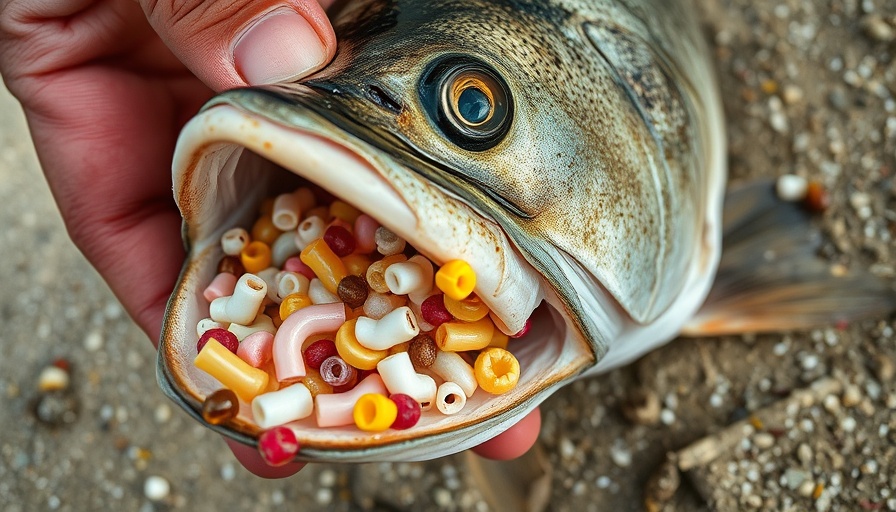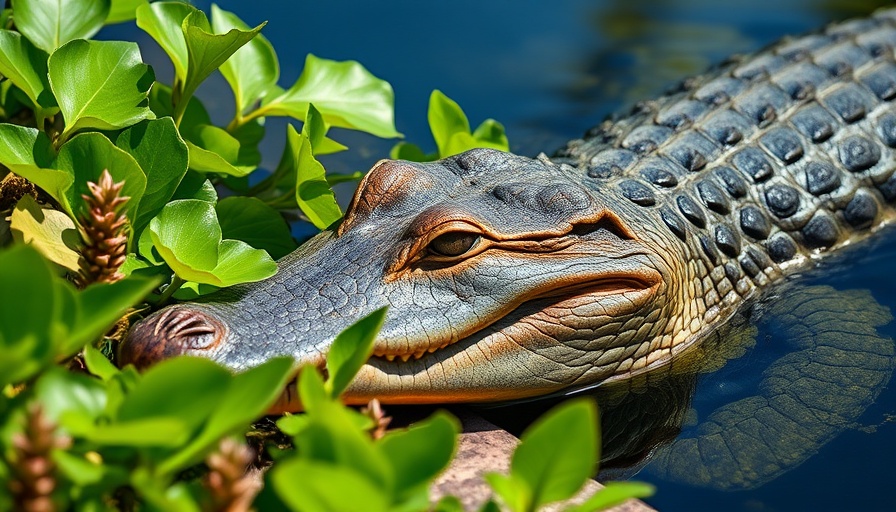
Nurdles: The Tiny Culprit Behind Big Environmental Chaos
In May 2025, the seas off the coast of Kerala, India, became the stage for a tragic and ongoing pollution disaster after the MSC Elsa 3, a Liberian-flagged container ship, capsized while carrying a hazardous cargo. Among the 643 containers aboard were approximately 71,500 sacks of plastic pellets, commonly known as nurdles. Though recovery efforts managed to salvage only a fraction—just 7,920 bags—as the monsoon storm surges persist, millions of nurdles continue to infiltrate the coastline, creating an ecological nightmare that has disrupted local communities and marine ecosystems alike.
The Impact on Local Communities
According to local fish worker Ajith Shanghumukham, these minute pellets haven't merely polluted the ocean; they've disrupted an entire way of life. The fishing community suffered immensely when authorities imposed a fishing ban that limited access to already declining fish populations. While the ban has since been lifted, lingering fears over contamination deter many fishermen from venturing out to sea. "Very few people now venture out to sea because the local markets simply aren’t buying fish," Shanghumukham reports. The challenges continue with many fishing families finding themselves in poverty, earning just a fraction of what they would have before the spill.
Nurdles and Their Link to Marine Life
Nurdles are not just small plastic bits; their impact is catastrophic for marine wildlife. Measuring between 1-5mm, they can be easily consumed by fish, shrimps, and seabirds who mistake them for food. They act as 'toxic sponges,' absorbing harmful chemicals from the surrounding water, such as PCBs and PFAs—known for disrupting endocrine systems and having various detrimental health effects. Environmental researcher Joseph Vijayan emphasizes the peril: "When ingested by marine life, these pellets introduce a cocktail of toxins directly into the food web." Such toxins can accrue in individual animals and magnify as they move up the food chain, ultimately reaching humans.
The Devastating Reach of Nurdles
Beyond wildlife danger, microplastics—including nurdles—threaten human health as increasingly alarming studies reveal their presence in human blood, brains, and even breast milk. The entanglement of plastic debris in the food system highlights a grim cycle where the ecological tragedy in Kerala transcends local borders, diminishing the very fabric of consumer health.
The Call to Action for Local Communities
As this crisis unfolds, there is a desperate need for grassroots initiatives to mobilize community efforts to combat nurdle pollution. Concerns about contamination aren't unfounded, particularly for fishing communities that intimately rely on the ocean for their livelihoods. Supporting local initiatives, educating fellow community members, and advocating for more stringent regulations on plastic usage can collectively plant the seeds of change.
It is essential for all of us to stay informed and engaged in environmental sustainability. Bringing awareness to the impact of nurdles not only helps our immediate community but also fosters a sense of stewardship over our natural resources. If we can harness this momentum, we may foster a tide of change that can help restore the ecological balance we sorely need.
 Add Row
Add Row  Add
Add 




Write A Comment